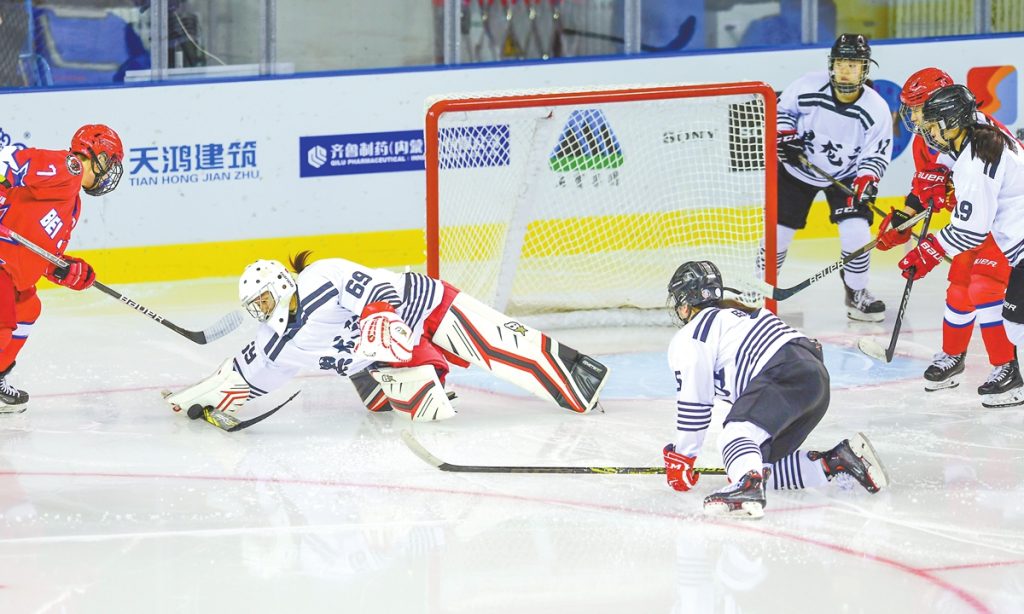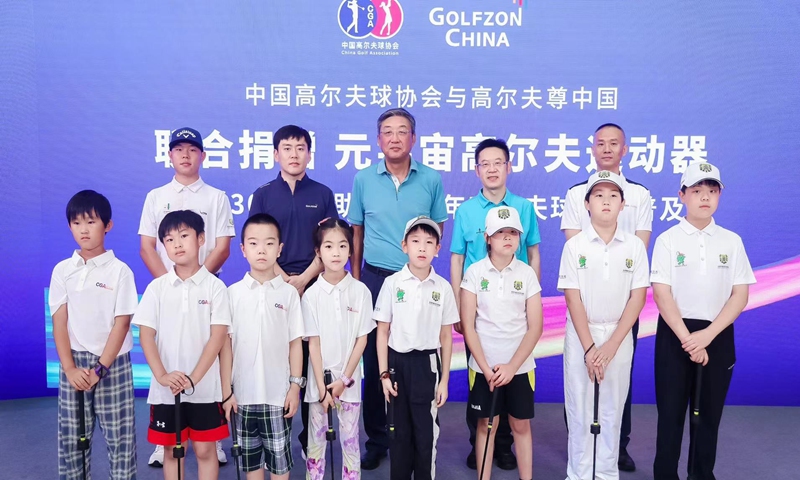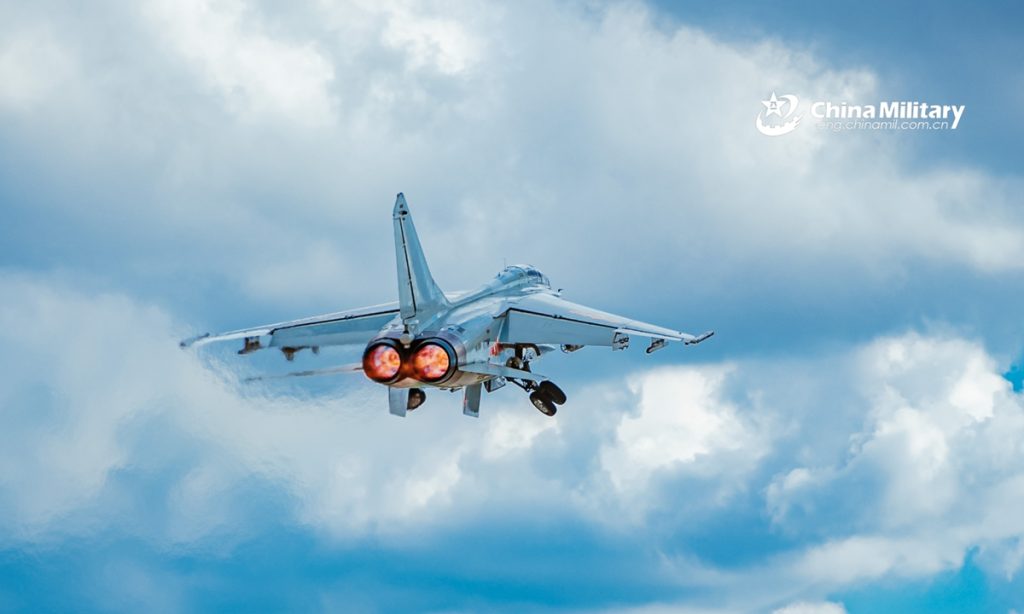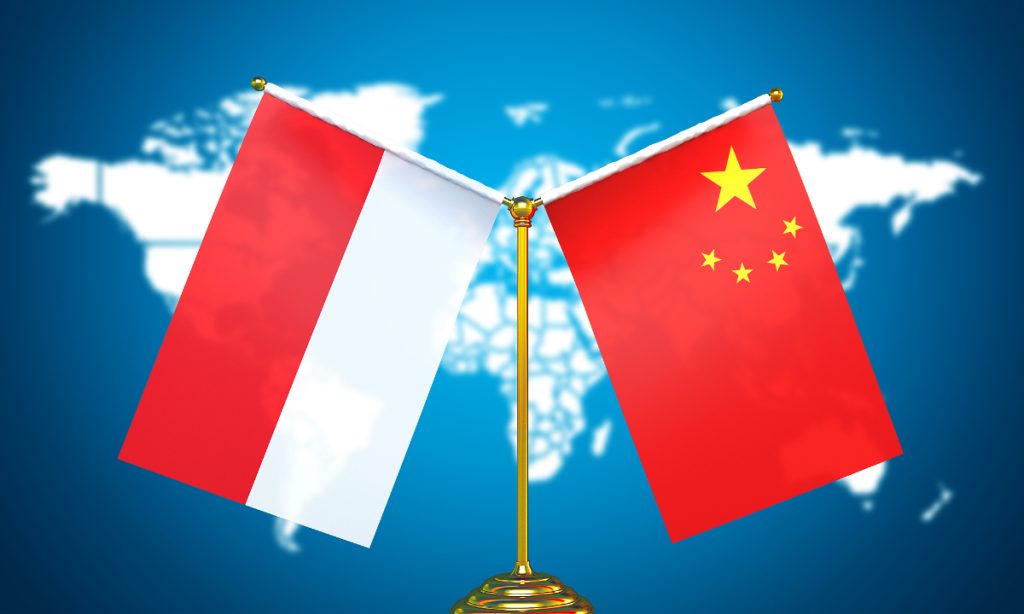Moutai: Red sorghum mark of global quality
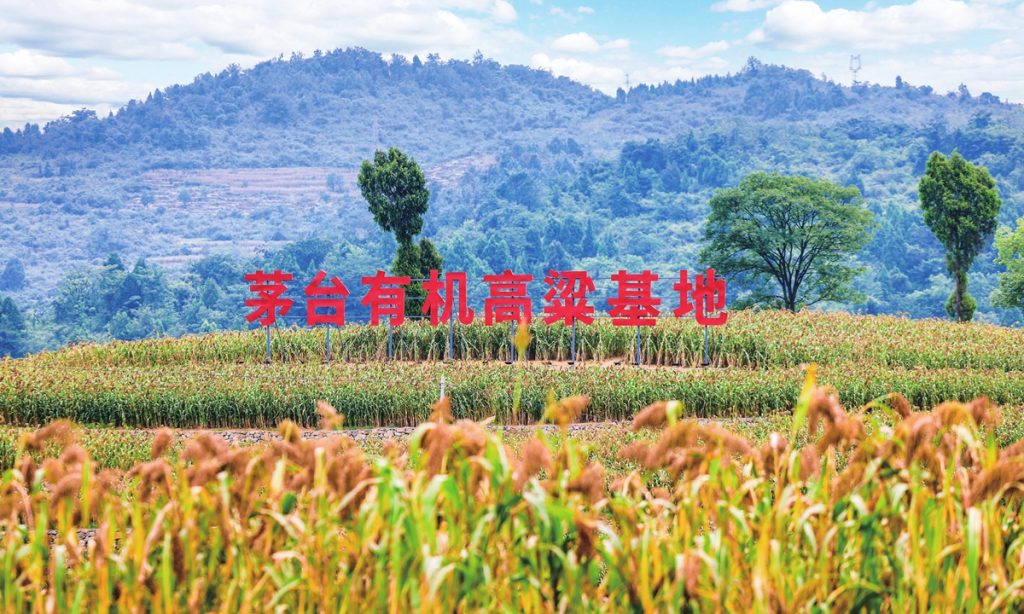
In August, the Daping Moutai Organic Sorghum Base brims with the possibility of a bountiful harvest, as fields of sorghum turn golden. The heavy heads of the sorghum bow down, transforming the landscape into a golden carpet meticulously woven by nature, quietly unfurling while heralding another year of abundant harvest.
On August 16, an event was hosted by the Moutai Group and the Renhuai Municipal Government, and undertaken by the Moutai Liquor Co Ltd, and the Moutai Hongyingzi Company. The event was themed "Honoring the Grain Farmers with a Harvest: Committing to Quality for Generations," and took place at the Daping Organic Sorghum Base in Maopo village, Changgang township, Renhuai.
Over 2,000 participants including grain farmers, inheritors, distributors, and workshop representatives from Moutai were present. The Hongyingzi sorghum symbolizes the harvest of this land and the essence of Moutai's traditional brewing craftsmanship. As a special variety used in the production of Moutai liquor, Hongyingzi sorghum is closely linked to the Chishui River. The soil, water quality, and climatic conditions of the Chishui River basin provide an exceptional cultivation environment for Hongyingzi sorghum, playing a crucial role in shaping the unique flavor of Moutai liquor.
This variety of sorghum, originating from the local traditional Hongyingzi, is small grains, thick skin, and has a firm, plump structure. These characteristics enable it to perform exceptionally well in Moutai's multiple rounds of cooking and fermentation processes.
Agricultural experts participating in the Moutai Hongyingzi Sorghum Harvest Season event shared with the Global Times that Hongyingzi sorghum features "eight highs, one low, and one moderate" - high in starch, phenolic compounds, fats, branched-starch ratio, crystallinity, gelatinization temperature, calorific value, long-branch chain ratio, along with a low retrogradation of starch and moderate content of tannins. These unique structural characteristics make it the ideal choice for brewing Moutai liquor, crucial in achieving its signature aroma, full-bodied richness, and lingering finish.
"The harvest of Hongyingzi sorghum marks the hard work of farmers bearing fruitful results, and a solid foundation for Moutai's raw brewing materials," Zhang Deqin, the Party Secretary and Chairman of the Moutai Group, said.
The Hongyingzi Sorghum Harvest Season conveys Moutai's respect for natural and humanistic stories. Moutai liquor closely integrates its production and brewing with agricultural timing and activities, embodying the traditional brewing concept of "following nature and seasonal harmony, and co-brewing with the cosmos."
Crafting legendary quality
The Moutai Hongyingzi Sorghum Harvest Season both celebrates agricultural bounty and epitomizes Moutai's belief that "quality is the soul of life."
Moutai regards this land as the "primary workshop," enforcing strict quality control throughout the entire process to ensure the high-quality and stable production of brewing materials. In collaboration with the Renhuai People's Government, Moutai has embarked on a five-year project, investing heavily in the establishment of a high-quality sorghum cultivation base to guarantee a long-term and stable supply of raw materials.
The base's construction includes land consolidation, water conservancy projects, electrical infrastructure, and pest control, enhancing the quality of farmland and achieving full mechanization of sorghum production, thus significantly increasing the per-acre yield.
With steadfast dedication to artisanal management, Moutai has made history once again: It became the first Chinese company to receive the highest level of seven diamonds at the EFQM Global Award under the new evaluation standards and is also the first in the liquor industry to achieve this honor.
China's traditional brewing culture
Hongyingzi sorghum serves both as a material basis for the long-term sustainable development of Moutai liquor and as an important vessel for cultural heritage and innovative growth, contributing uniquely and profoundly to Chinese brewing culture.
The brewing of Moutai liquor is an ancient ceremony that breathes and shares its fate with the natural seasons. The cultivation of Hongyingzi sorghum follows the natural rhythm of sowing in spring and harvesting in autumn, closely intertwined with the changing of the seasons. In spring, farmers sow seeds of hope amid gentle rains; in summer, the sorghum robustly grows under the nurturing sun and dew; and by autumn, with the refreshing breeze, the sorghum ripens to a deep red, signaling optimal harvest time.
As Moutai liquor gains global prominence, an increasing number of people are beginning to understand and appreciate China's traditional brewing culture. The ancient brewing techniques of Hongyingzi sorghum and Moutai liquor not only showcase the allure of Chinese brewing to the world but also reveal the depth and breadth of Chinese culture.
